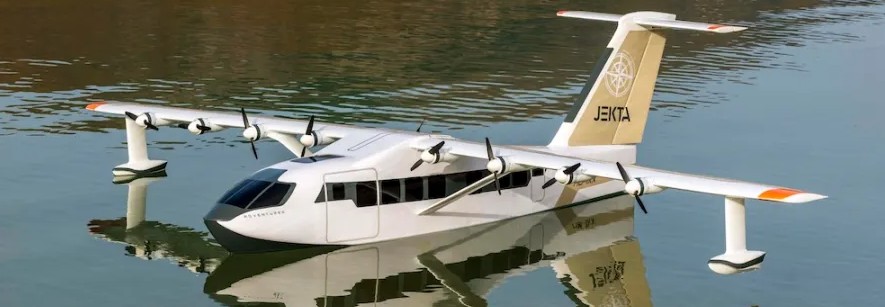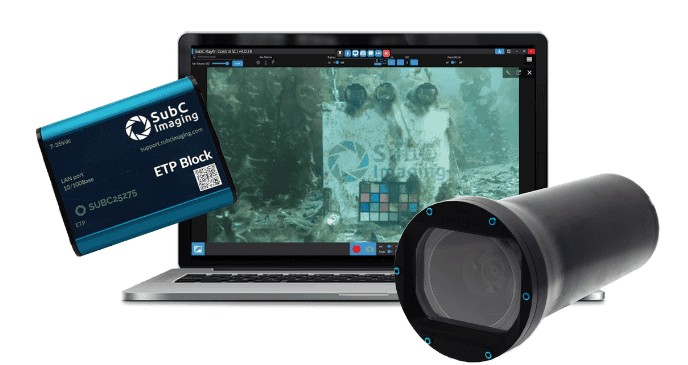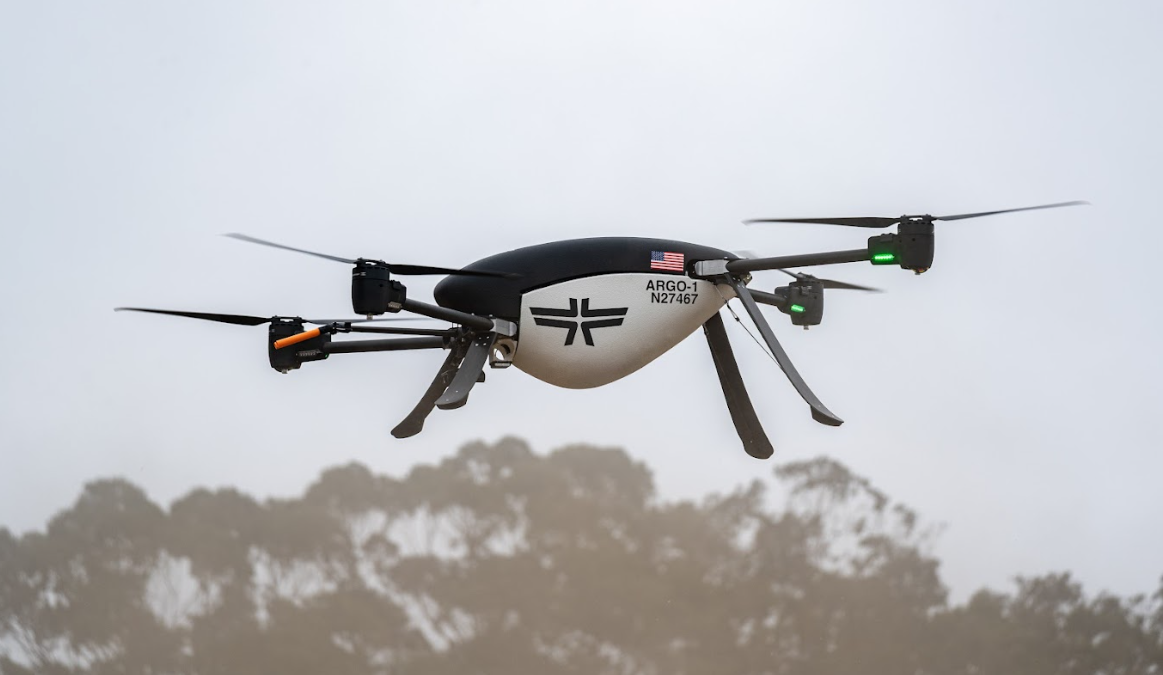Sentrycs Unveils Version 6.0 for more Efficient CUAV

Sentrycs has launched Version 6.0 of its counter‑drone software suite, marking a pivotal leap in its capability to protect large and complex areas from unauthorized aerial threats. This latest release expands mitigation radius to a full ten‑kilometer diameter, enabling a single sensor to defend broader zones—from remote borders to expansive critical infrastructure—with significantly fewer deployed units. By providing seamless 360° threat detection and response around each sensor, Sentrycs dramatically reduces hardware footprint while increasing coverage efficiency and lowering operational cost.
A standout feature of Version 6.0 is support for DJI drones employing the advanced OcuSync 4.0 communication protocol. This includes popular models such as the Air 3, Mini 4 Pro, and Matrice 4. For the first time within a cybersecurity‑driven counter‑UAS solution, operators can execute full protocol‑level takeover of these craft. This means disabling control links, issuing new commands or home‑locations, and effectively neutralizing rogue drones without the need for disruptive jamming or kinetic force.
The software introduces an upgraded command‑and‑control interface designed to streamline critical workflows. The modernized UI is more intuitive and responsive, featuring cleaner visuals and faster navigation. Operators gain real‑time situational awareness with simplified threat tracking and engagement options—features essential for high‑stress environments where speed and clarity are paramount.
Under the hood, Version 6.0 also benefits from enhanced signal‑processing algorithms. These improvements enable reliable drone detection and identification even in noisy or RF‑cluttered environments. Predictive timing algorithms help sustain stable communication with distant targets by pre‑emptively adjusting timing windows, minimizing latency and improving control performance at extended range—all delivered purely through software updates without any hardware upgrades required.
These advancements position Sentrycs as a leading choice for organizations needing scalable, efficient, and cyber‑secure airspace protection. The enhanced capability to monitor and take control of advanced DJI platforms addresses growing operational risk in regions where these drones are prevalent. Meanwhile, by consolidating coverage with fewer sensors, organizations can optimize deployment logistics and rapidly expand their defended area.
This release also reflects a broader shift in the counter‑drone industry toward software‑centric upgrades. As threats evolve and drone hardware advances, software agility becomes a key factor in staying ahead. The ability to support new drone protocols and threat profiles through backend updates ensures long‑term relevance and adaptability.
Sentrycs Version 6.0 is designed for rapid field deployment without disruption to existing installations. This zero‑hardware‑change rollout makes it practical for scaling operations in urban environments, infrastructure sites, or border zones. The result is a more powerful and extensible system with minimal downtime for customers.
Already operational across multiple countries, the upgraded software underscores Sentrycs’ focus on supporting defense, public safety, and infrastructure agencies with cutting‑edge counter‑UAS capabilities. By combining expanded range, DJI takeover functionality, and a refined interface, Version 6.0 delivers a comprehensive improvement in coverage, control, and operational simplicity. The software demonstrates that strong protection need not be complex, and that next‑level counter‑drone performance can be delivered through agile, intelligent updates instead of hardware reinvention.
C‑UAS operators, infrastructure security teams, and government institutions seeking robust drone defense now have a solution built for scalability, cyber integrity, and rapid deployment. Sentrycs Version 6.0 offers the intuitive performance and strategic reach required in today’s evolving threat environments—raising the standard for what software‑focused counter‑drone systems can achieve.




